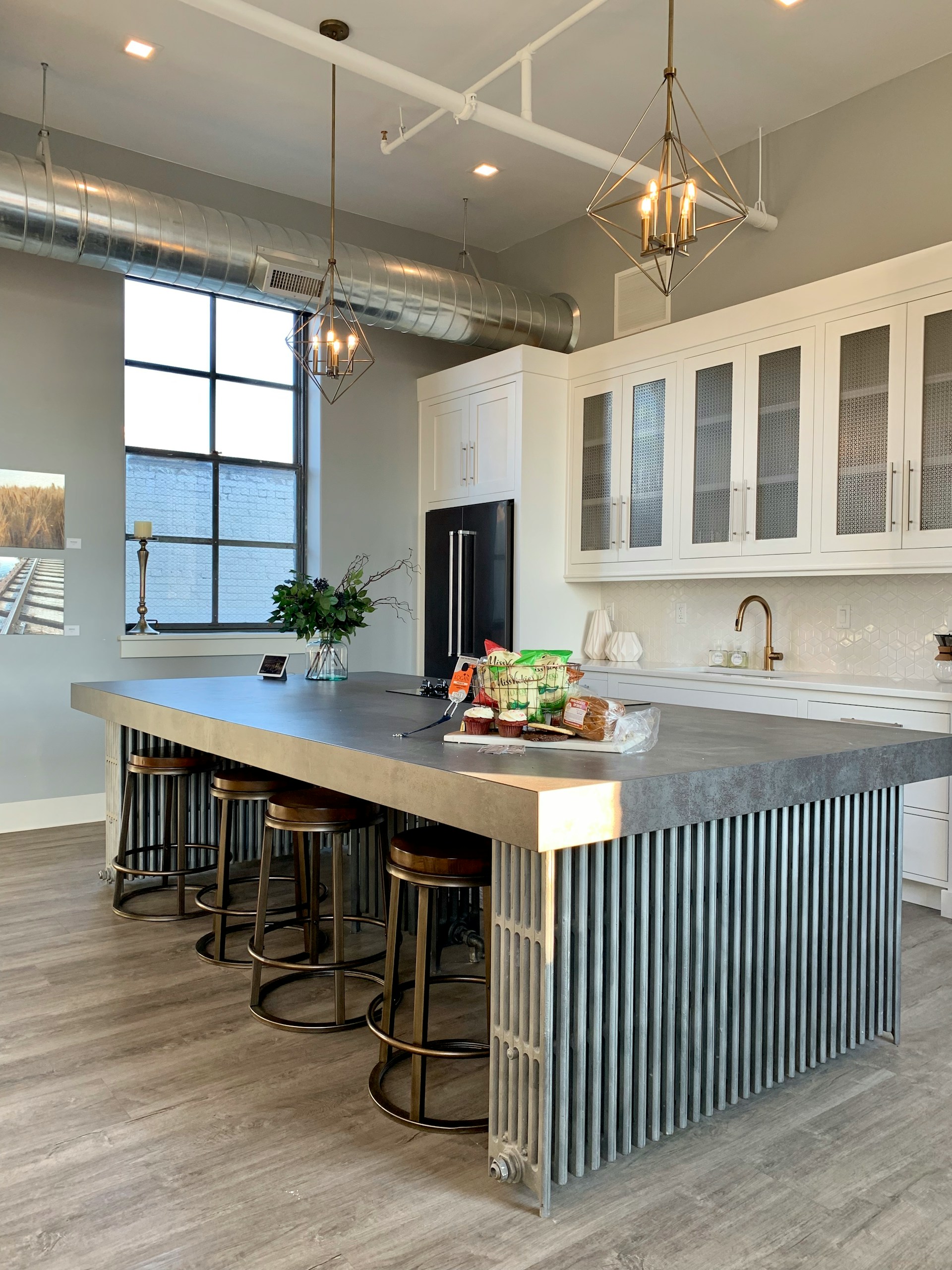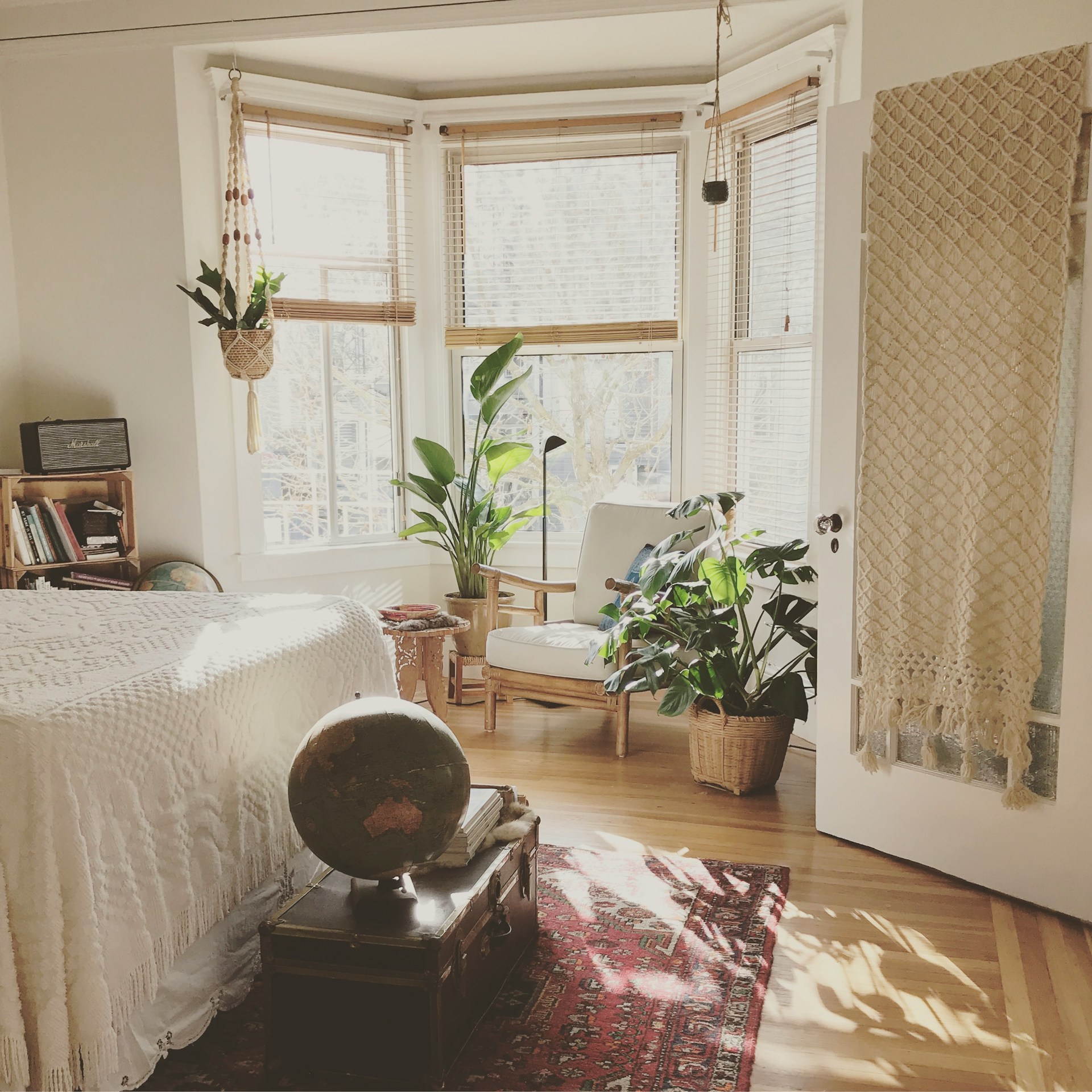Introduction
Mixing and matching patterns in interior design is both an art and a science. It requires a keen eye, a sense of balance, and an understanding of design principles. While it may seem daunting, especially with the endless variety of patterns available, when done correctly, it can add a depth of feeling, interest, and a unique personality to any space. This comprehensive guide will help you navigate the world of design, providing key strategies and tips to successfully blend different patterns in your interior design.
Understanding Pattern Types
Geometric Patterns
Geometric patterns include shapes like circles, squares, triangles, and other geometric figures. They are highly structured and often symmetrical, adding a sense of order and predictability to a space. They can create a modern, edgy feel when used in bold colors and large scales, but can also be subtle and sophisticated in neutral tones or small scales.
Floral Patterns
These patterns are inspired by nature and can range from stylized representations to highly realistic depictions. They can create a romantic, classic, or even a rustic atmosphere depending on the style and coloration. Floral patterns are diverse and versatile, bringing a sense of organic beauty to a space.
Stripes and Plaids
Stripes and plaids are timeless patterns that can create a formal or casual look depending on the colors and scale. Stripes can be horizontal, vertical, or diagonal, and can visually expand or elongate a space. Plaids, on the other hand, are a combination of intersecting stripes and can add a touch of sophistication or coziness.
Starting with a Color Palette
Choosing a color palette before you start picking out patterns is an important first step. A color palette will guide your pattern choices and ensure a cohesive, harmonious look. Your color palette should include a primary color, a secondary color, and a few accent colors. When choosing patterns, look for those that incorporate these colors to create a consistent flow throughout your space.
Using Different Scales of Patterns
The scale of a pattern can dramatically affect its impact. Large-scale patterns can become a bold focal point, drawing the eye and making a strong statement. On the other hand, medium and small-scale patterns can add detail and texture without overwhelming the space. Try starting with a large-scale pattern for a major piece like a rug or a sofa, then use medium and small-scale patterns for complementary pieces like curtains, cushions, and accessories.
Balancing Patterns with Solids
While patterns can add a lot of interest and dimension, it’s crucial to balance them with solid colors. Solids can provide visual relief, breaking up the pattern and giving the eye a place to rest. This is especially important in small or busy spaces, where too many patterns can create a sense of chaos. Consider using solid colors for large pieces of furniture, walls, or floors, and then adding patterns in smaller doses through accessories and accents.
Mixing Different Types of Patterns
Mixing different types of patterns can create a rich, layered look. Don’t be afraid to pair a large-scale floral pattern with a small-scale geometric one, or a bold stripe with a subtle plaid. The key is to ensure they share a common color or theme, creating a sense of harmony among the diversity. Remember, the variety is what adds interest and depth, so don’t be afraid to experiment and push the boundaries.
Repeating Patterns
Repeating patterns throughout your space can create a sense of unity and cohesion. This could be as simple as using the same pattern on your curtains and throw pillows, or as complex as incorporating a motif in the rug, wallpaper, and upholstery. Repetition creates a rhythm that guides the eye around the room, establishing a sense of continuity and balance.
Conclusion
Mixing and matching patterns in interior design doesn’t have to be intimidating. With a good understanding of pattern types, a carefully chosen color palette, strategic use of different scales, a balance of patterns and solids, a willingness to mix and experiment, and the mindful repetition of patterns, you can create a dynamic, intriguing, and uniquely you space. Remember, the most important thing is to enjoy the process, let your personality shine through, and create a space that feels like home.




